Vacuum Point
A swimming pool vacuum-point, also known as a vacuum port or vacuum fitting, is an integral part of pool cleaning systems, facilitating the efficient removal of debris, sediment, and dirt from pool surfaces and floors. This inlet serves as a connection point for pool vacuum cleaners, allowing for effective maintenance and upkeep of pool cleanliness. Understanding its construction, installation, functions, benefits, and considerations for selection and maintenance is essential for ensuring optimal pool hygiene and operational efficiency.
Construction and Design
Swimming pool vacuum-points are typically constructed from durable materials capable of withstanding exposure to pool chemicals and outdoor elements. Key components of a vacuum point include:
- Body: The main body of the vacuum-point is typically made from ABS (acrylonitrile butadiene styrene) plastic or PVC (polyvinyl chloride), chosen for its corrosion resistance and durability.
- Cover or Cap: Some vacuum points feature a hinged cover or cap to protect the inlet when not in use and prevent debris from entering the plumbing system.
- Connection Point: The inlet includes a threaded or socketed connection point where the vacuum hose connects. This connection is designed to be watertight to prevent leaks during vacuuming operations.
- Venturi Valve (Optional): Some vacuum points may include a venturi valve inside, which enhances suction efficiency by utilizing the water flow from the pool’s circulation system.
Installation and Placement
Installing a swimming pool vacuum-point involves integrating it into the pool’s plumbing system during construction or as a retrofit:
- Location: Vacuum points are strategically placed along the pool wall or floor to ensure comprehensive coverage during vacuuming. They are typically positioned at the deep end of the pool for optimal debris removal.
- Connection to Plumbing: The vacuum point is connected to the pool’s circulation system, usually through PVC pipes, allowing the vacuum cleaner to draw water and debris into the filtration system.
- Sealing: Proper sealing with PVC solvent cement or thread sealant ensures a secure and watertight connection, preventing leaks and maintaining suction efficiency.
- Depth and Angle: The depth and angle at which the vacuum point is installed can impact the effectiveness of vacuuming operations, influencing how efficiently debris is suctioned from the pool floor and walls.
Functions and Benefits
A swimming pool vacuum-point serves several crucial functions that contribute to effective pool maintenance and cleanliness:
- Debris Removal: Enables efficient suctioning of leaves, dirt, sand, and other debris from the pool’s bottom and walls, ensuring a clean and visually appealing pool environment.
- Time Efficiency: Facilitates quicker and more effective pool cleaning compared to manual methods, reducing labor and ensuring thorough debris removal.
- Enhanced Pool Hygiene: Regular vacuuming reduces organic matter buildup, minimizing the risk of algae growth and improving water clarity and quality.
- Convenience: Provides a centralized point for connecting vacuum hoses, simplifying the setup and operation of pool cleaning equipment.
- Preservation of Pool Equipment: By preventing debris from clogging filters and pumps, regular vacuuming extends the lifespan of pool equipment.
Considerations for Selection
When selecting a swimming pool vacuum point, consider the following factors to ensure compatibility and effectiveness:
- Size and Compatibility: Choose a vacuum point size (typically standardized to fit vacuum hoses of specific diameters, e.g., 1.5 inches or 2 inches) that matches your pool vacuum cleaner’s hose size.
- Material Durability: Opt for vacuum points made from corrosion-resistant materials like PVC or ABS to withstand exposure to pool chemicals and outdoor elements.
- Design Features: Look for features such as a hinged cover or cap to protect the vacuum point when not in use and prevent debris from entering the plumbing system.
- Installation Requirements: Ensure the vacuum point can be installed at the appropriate depth and angle to optimize suction efficiency and debris removal.
- Brand Reputation: Choose vacuum points from reputable brands known for quality and reliability in pool equipment and fittings.
Maintenance and Care
To maintain the performance and longevity of a swimming pool vacuum point:
- Regular Inspection: Periodically inspect the vacuum point for signs of wear, damage, or debris accumulation that could hinder suction efficiency.
- Cleaning: Clean the vacuum point and its cover or cap regularly to remove any debris or dirt that may obstruct the connection or venturi valve (if present).
- Sealing Integrity: Check the sealing around the vacuum point connection periodically to ensure it remains watertight and prevents leaks.
- Winterization: Take precautions to protect the vacuum point from freezing temperatures during winter months to prevent damage.
Conclusion
A swimming pool vacuum point is an essential component in pool cleaning systems, providing a reliable connection point for vacuum cleaners to remove debris and maintain pool cleanliness effectively. By understanding its construction, installation process, functions, benefits, and considerations for selection and maintenance, pool owners can ensure clean, hygienic pool water and prolong the lifespan of pool equipment. Whether for residential, commercial, or public pools, integrating a well-chosen vacuum point into the pool’s plumbing system enhances overall pool maintenance practices and ensures an enjoyable swimming experience for all users.






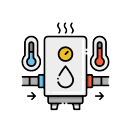





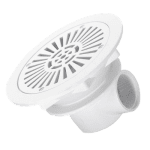







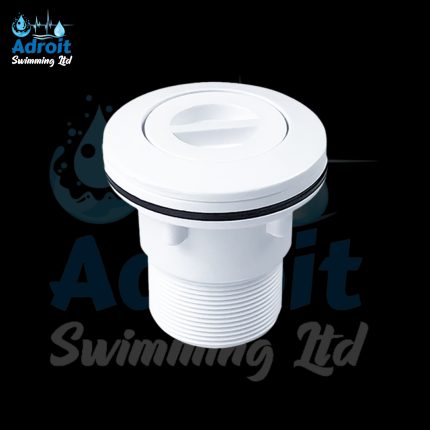
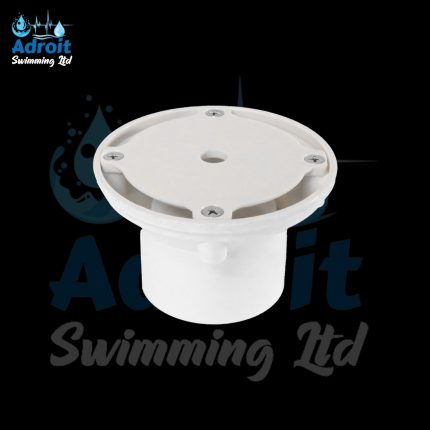
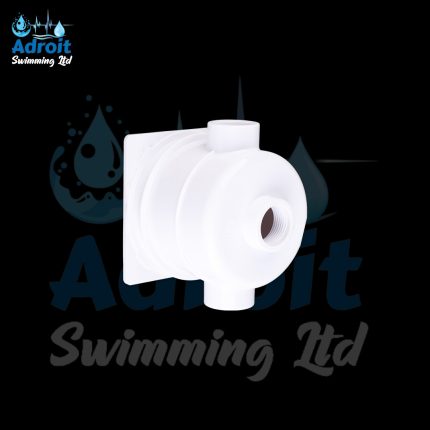
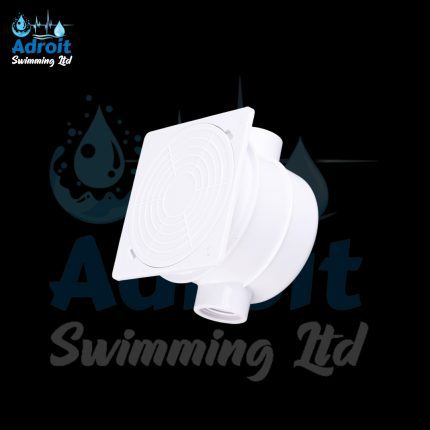
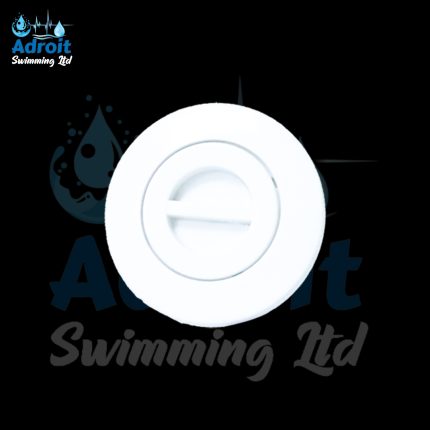
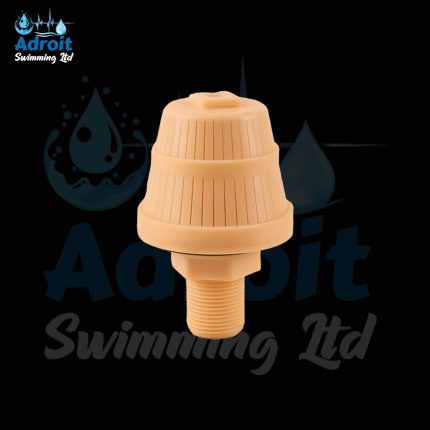
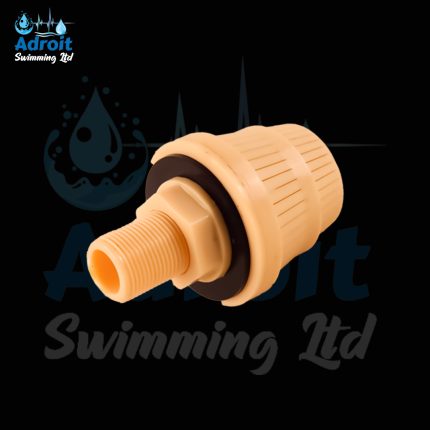

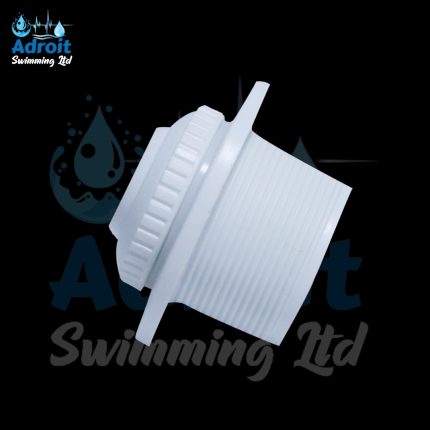
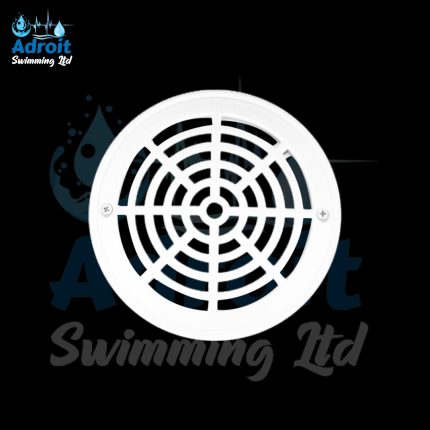

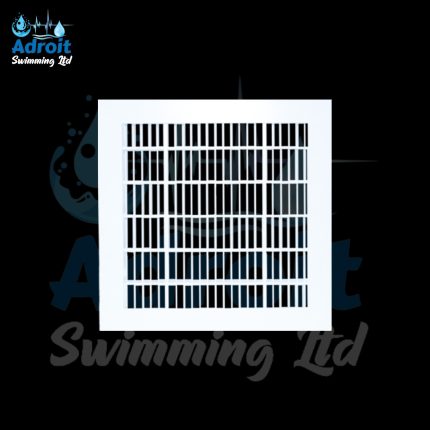
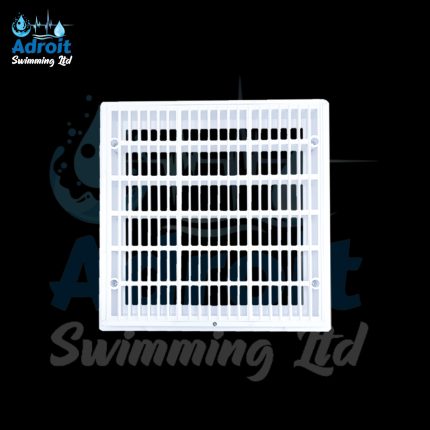


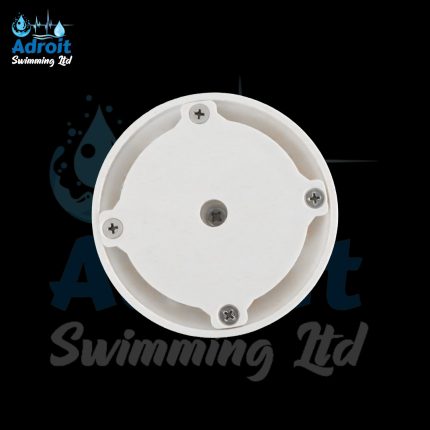
Reviews
There are no reviews yet.